
Is the student debt crisis intentional?
The American professor, sociologist and author, Sara Goldrick-Rab explains the history of the student debt and what can be expected for the future.
In 2016, Sara Goldrick-Rab was named one of the top 50 people shaping American politics by POLITICO magazine. A professor for most of her professional life, she is also the author of Paying the Price: College Costs, Financial Aid, and the Betrayal of the American Dream. An expert on the matter she documents the failures of policymakers and higher education institutions to make college affordable.
A strong believer that the student debt crisis is intentional, as it is perceived as a private good, Goldrick-Rab’s research looks into ways to address this issue besides initiatives such as the Biden Administration loan forgiveness plan.
She credits this crisis to the decisions that were made in its origin, when in the middle of the 20th century, people from all backgrounds were asking to go to college — but were having trouble affording it. The federal government had to make a choice whether the cost of higher education would be borne by the public or the private individual.
The decision was made to primarily put the burden on the students. The thought was that the main reason to get a college degree was to help yourself; so the students, and maybe their families, should pay for most of it. Only a small number of people, from the very lowest income backgrounds, should have the right to get grants for help.
That decision led into a system where if anybody does have trouble paying for college, they are offered loans, not grants — a practice that overtime just increased. Goldrick-Rab explains that when she says that there was an intent to this, she means that the decision makers understood what portion of the population would be affected.
“I don’t believe that these very intellectual people didn’t understand that this would happen disproportionately to people of color and to low income people.”
Although student debt was growing in the 80s and 90s, the conversations about the topic only recently exploded. Goldrick-Rab credits the growth in the college student population in the 21st century, in correlation to the rise in income inequality, for the creation of a mobilized critical mass — who has been very frustrated about its debt.
RELATED CONTENT
“The student debt crisis didn’t happen because the numbers of people attending college increased,” she said. “It happened because people have taken loans but they can’t pay for them.”
When talking about addressing the cost of tuition, Goldrick-Rab highlights that debt isn’t just caused by it. Rent, food, healthcare and other expenses add to the debt, making most students work to cover it — and in many cases, the work doesn’t pay it off.
To address the issue, the main thing that needs to be done is making tuition free in the public sector, Goldrick-Rab argues. The idea is to reduce anything that students have to spend money on. Eliminating the cost of books, increasing programs to address housing insecurity, and other measures can help reduce the burden on the students.
As for the future of President Biden’s loan forgiveness plan, she is optimistic. However, Goldrick-Rab advises people who are planning their bills to pretend that they are going to keep having to pay their debt, as it is a big financial decision. She said she was already expecting some legal barriers on it, especially considering the political polarization in the country right now.
What Goldrick-Rab is frustrated by is the fact that the student debt conversation got separated from the free college conversation and the two of them have to be together.
“We can’t just strike this debt, it will be there again in five minutes if we don’t do something,” she added. “The cost of college has to be addressed and the administration completely knows that.”
Considering that the first time a president made a proposal to make college free was President Obama, in 2015; Goldrick-Rab thinks that we are on the right path. Not long ago, people in Washington D.C. used to think that free public higher education was a pipe dream not worth pursuing, but that’s not true anymore.




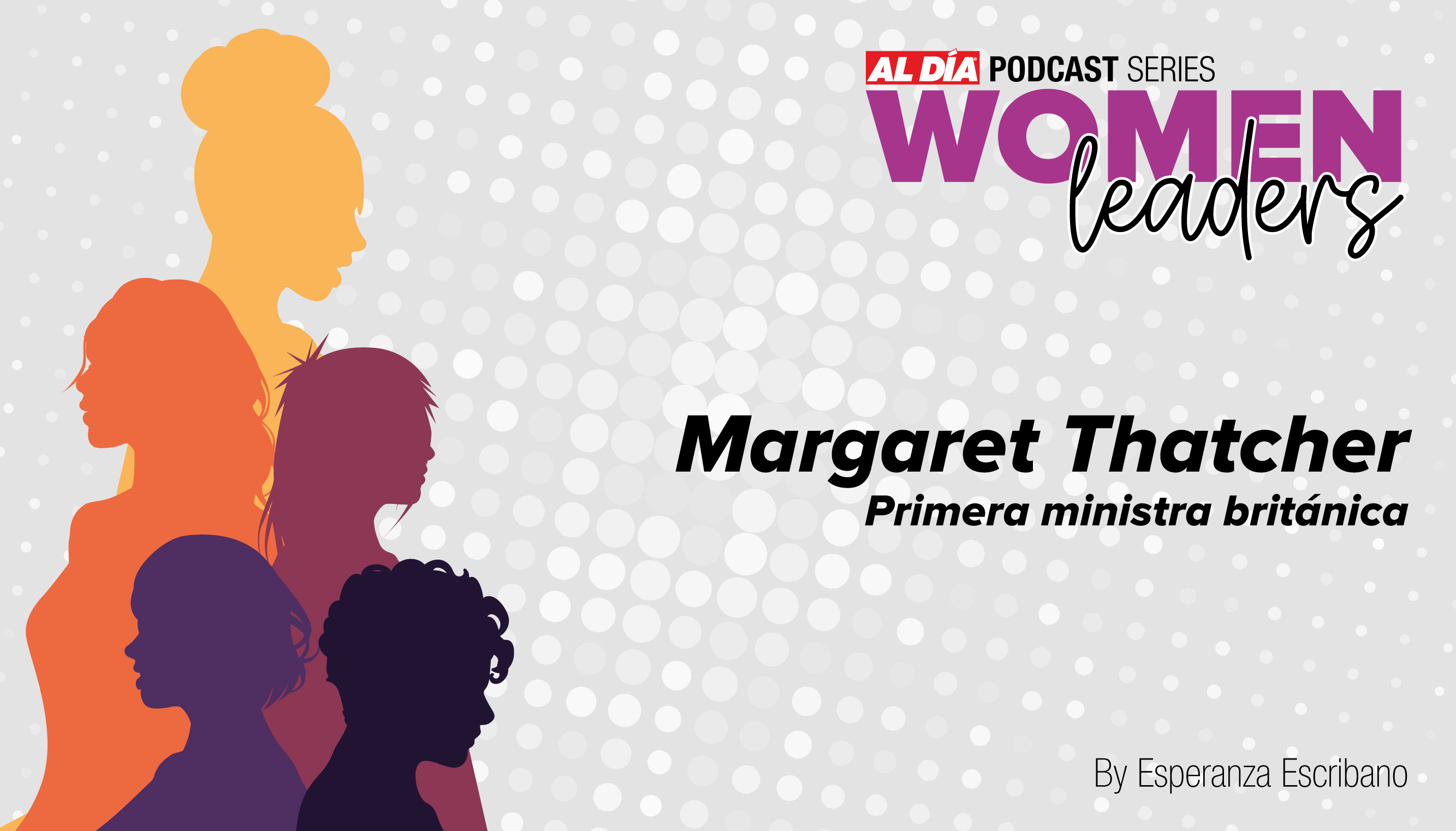
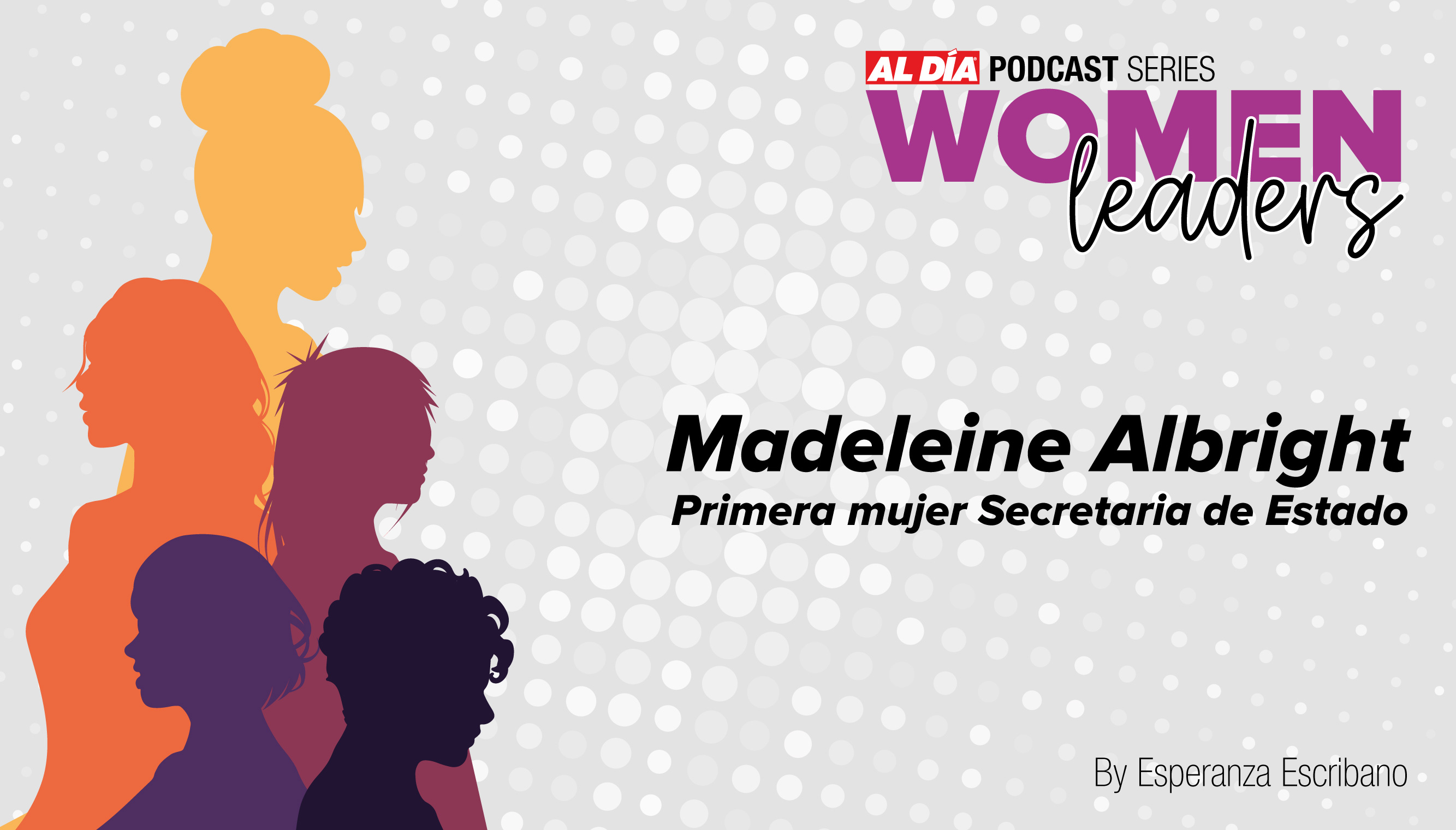
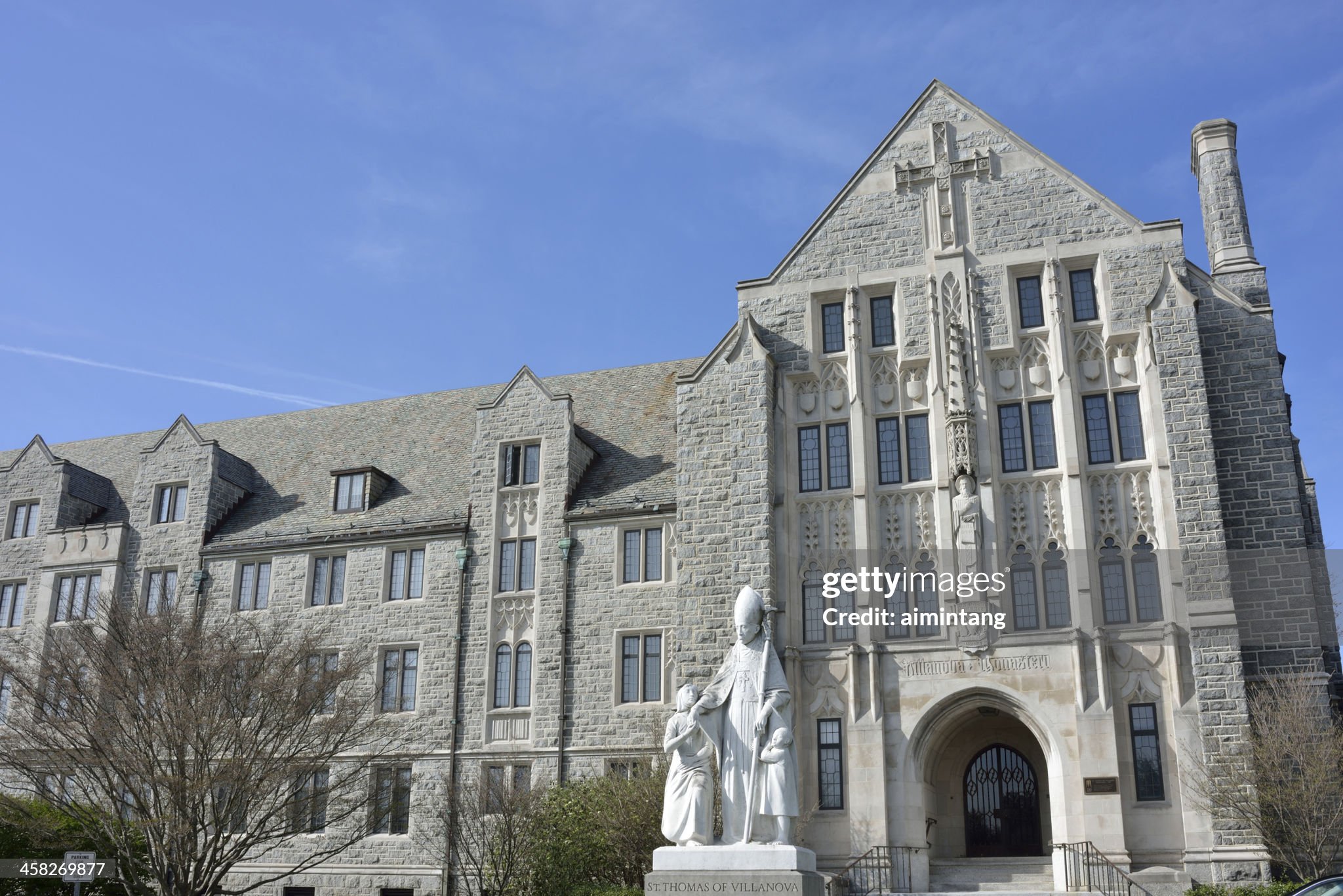
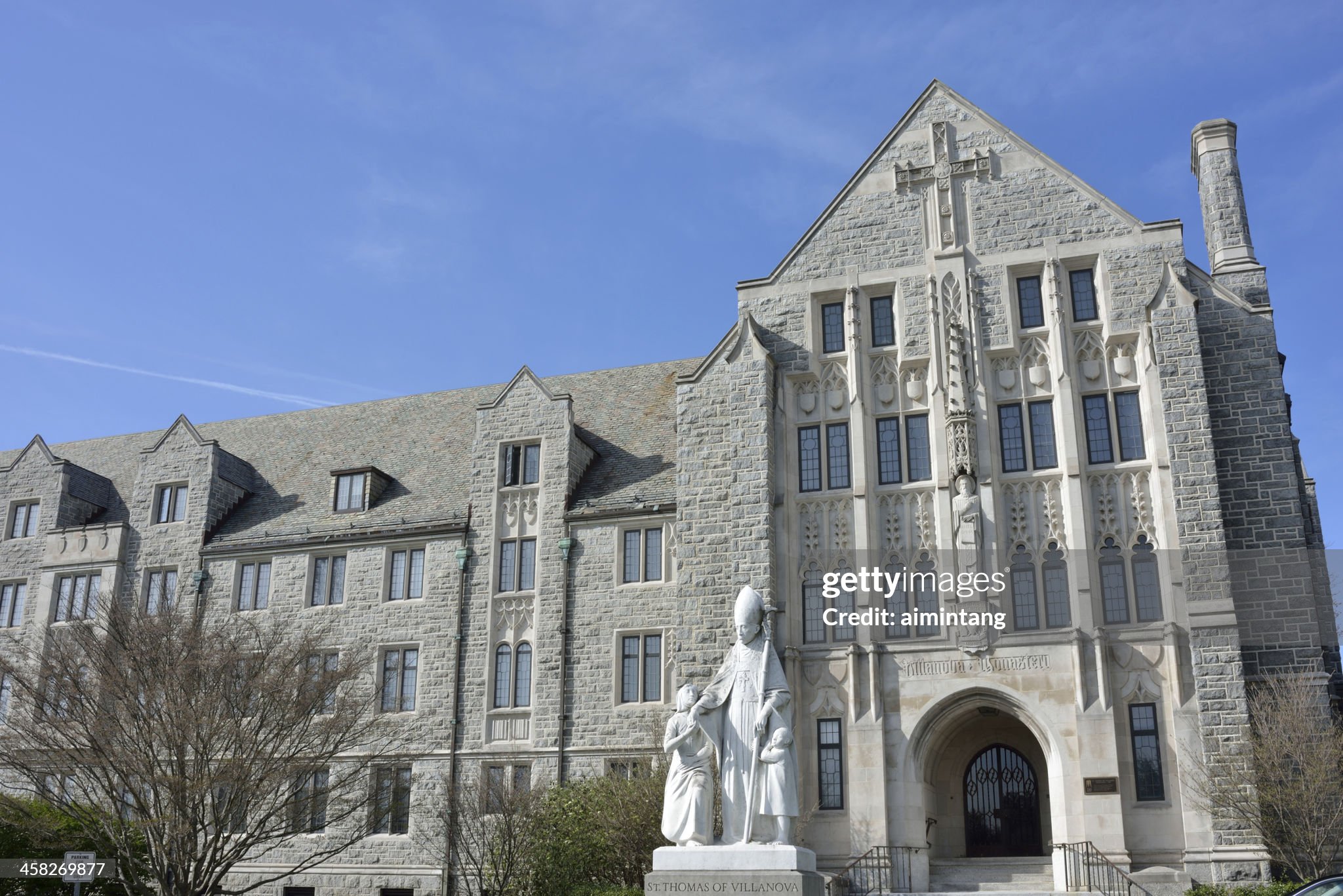
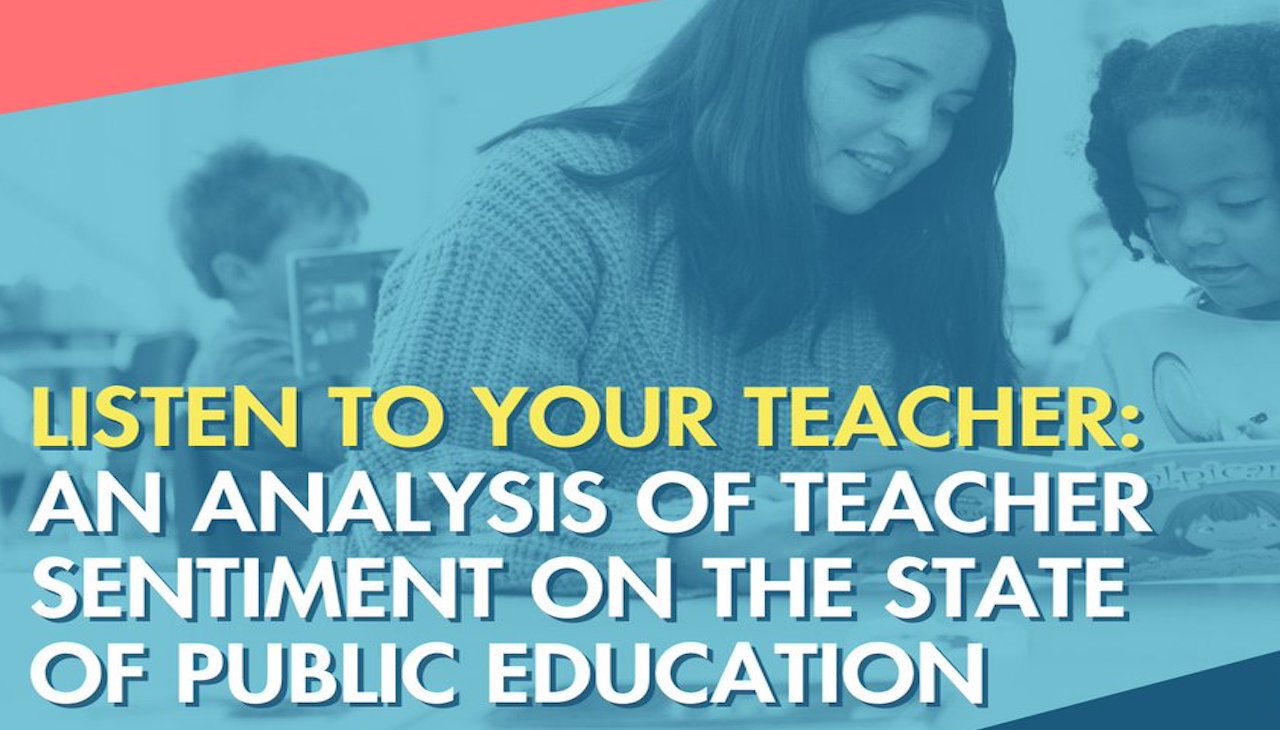
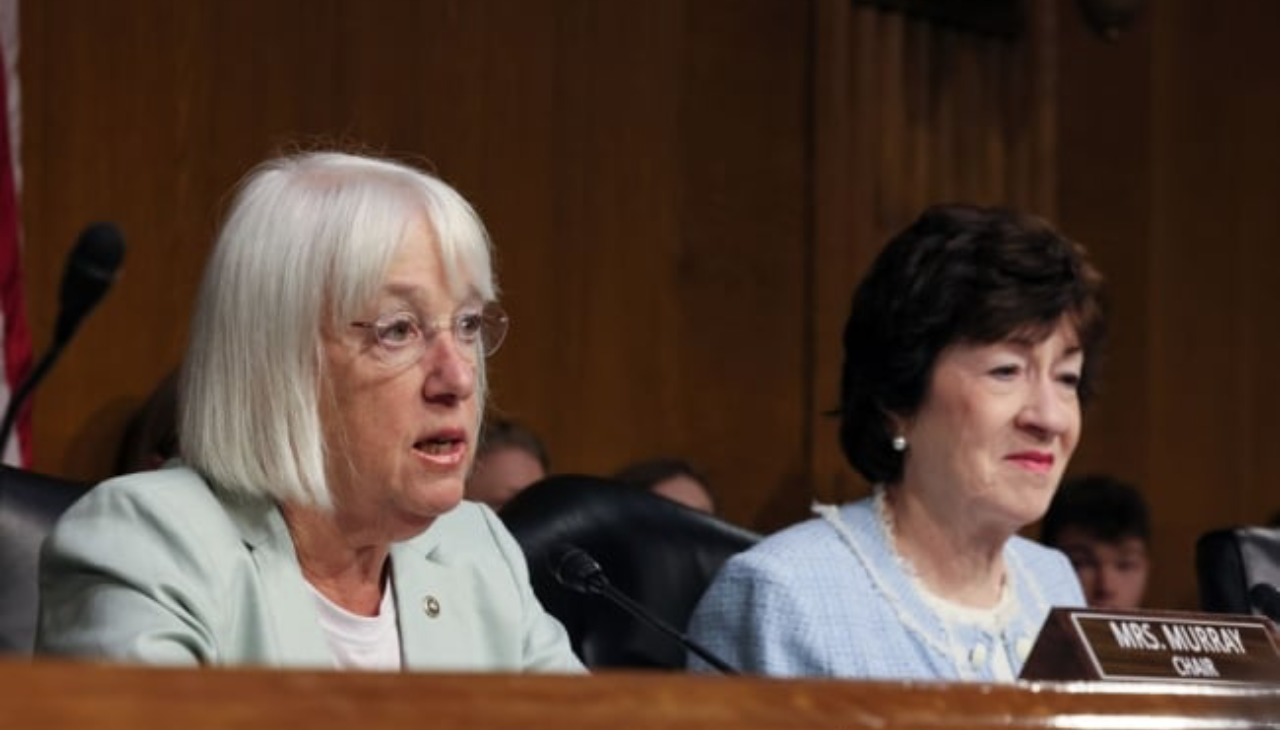

LEAVE A COMMENT:
Join the discussion! Leave a comment.